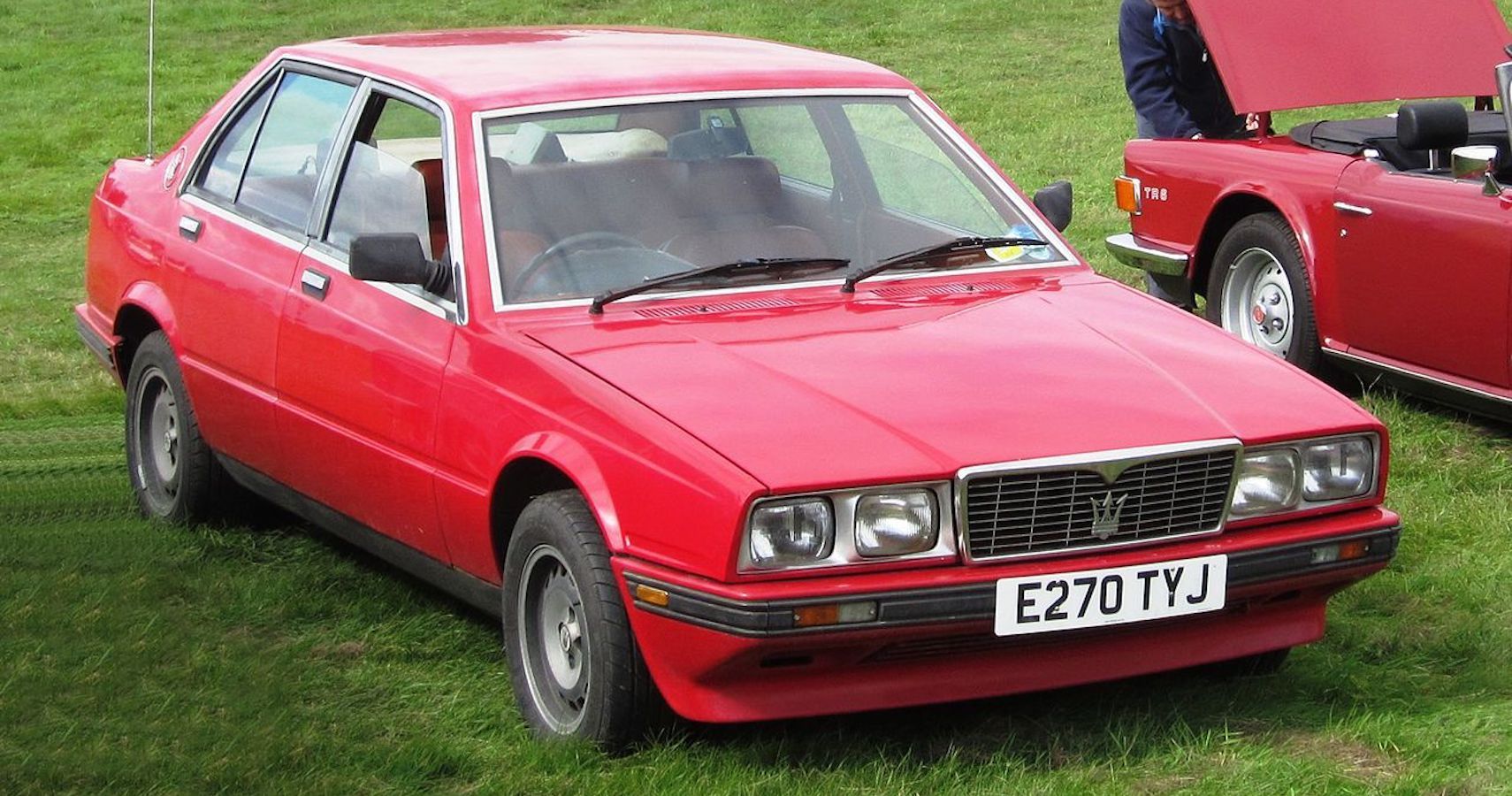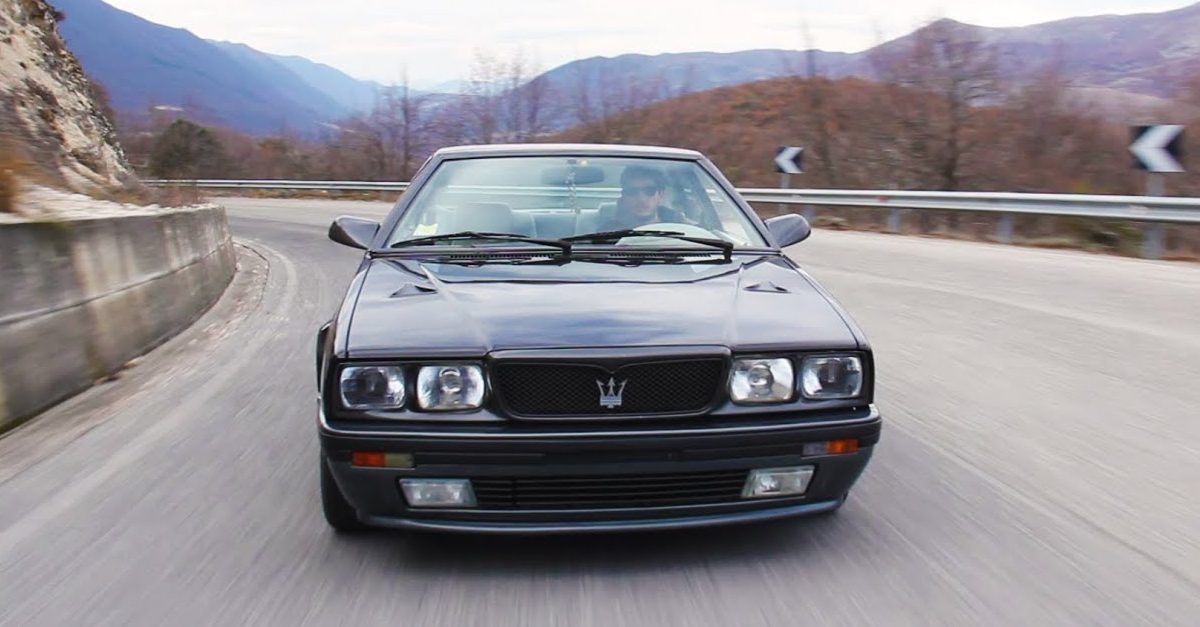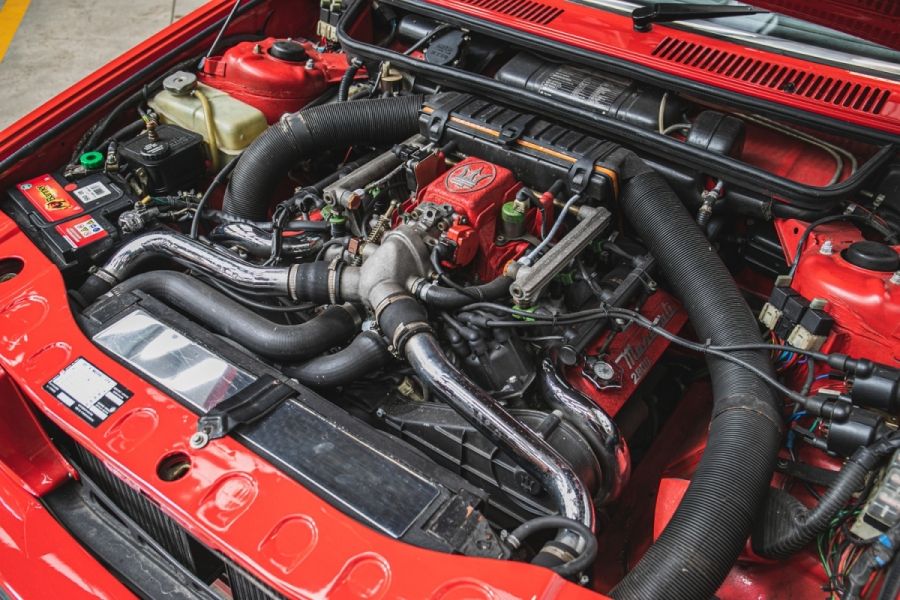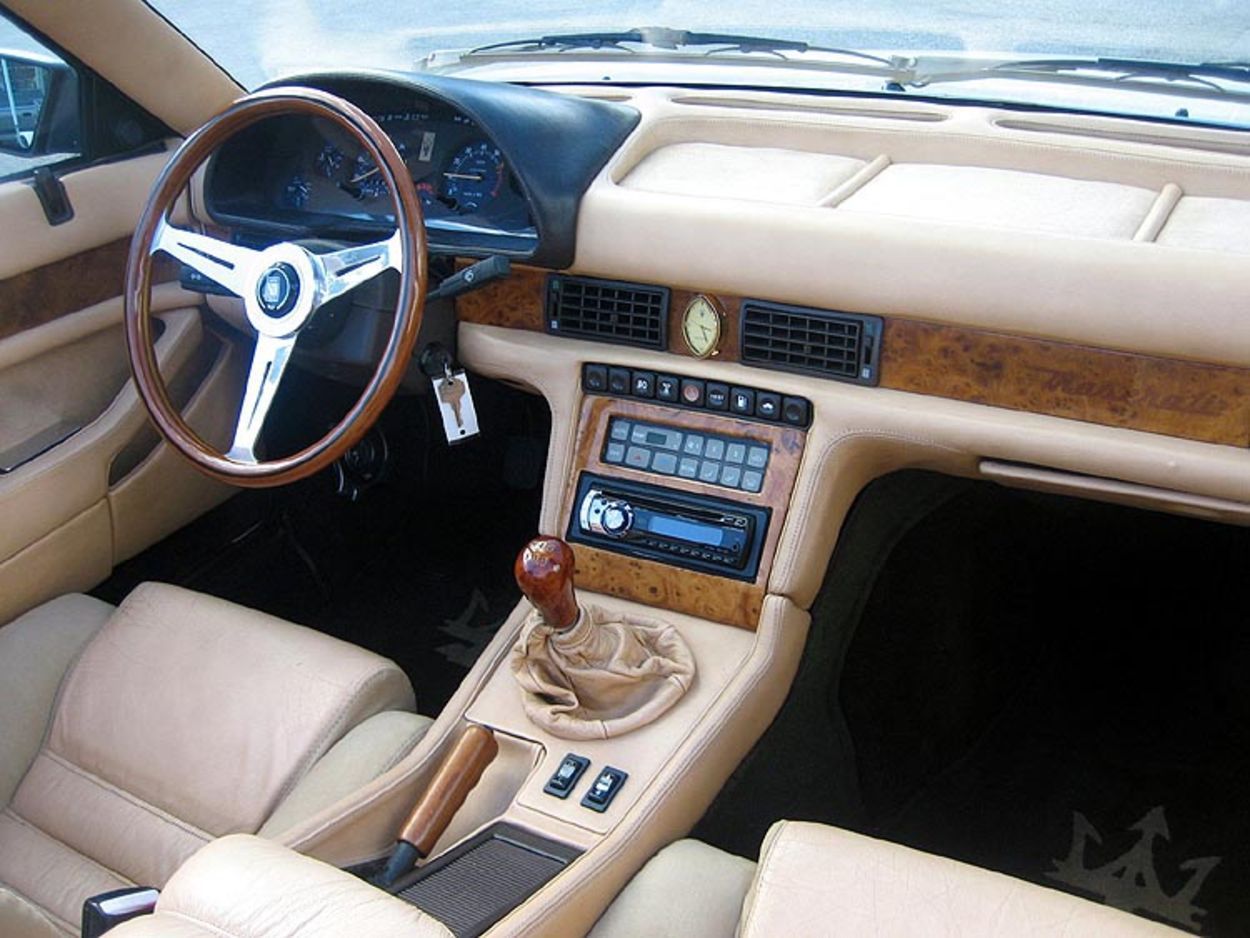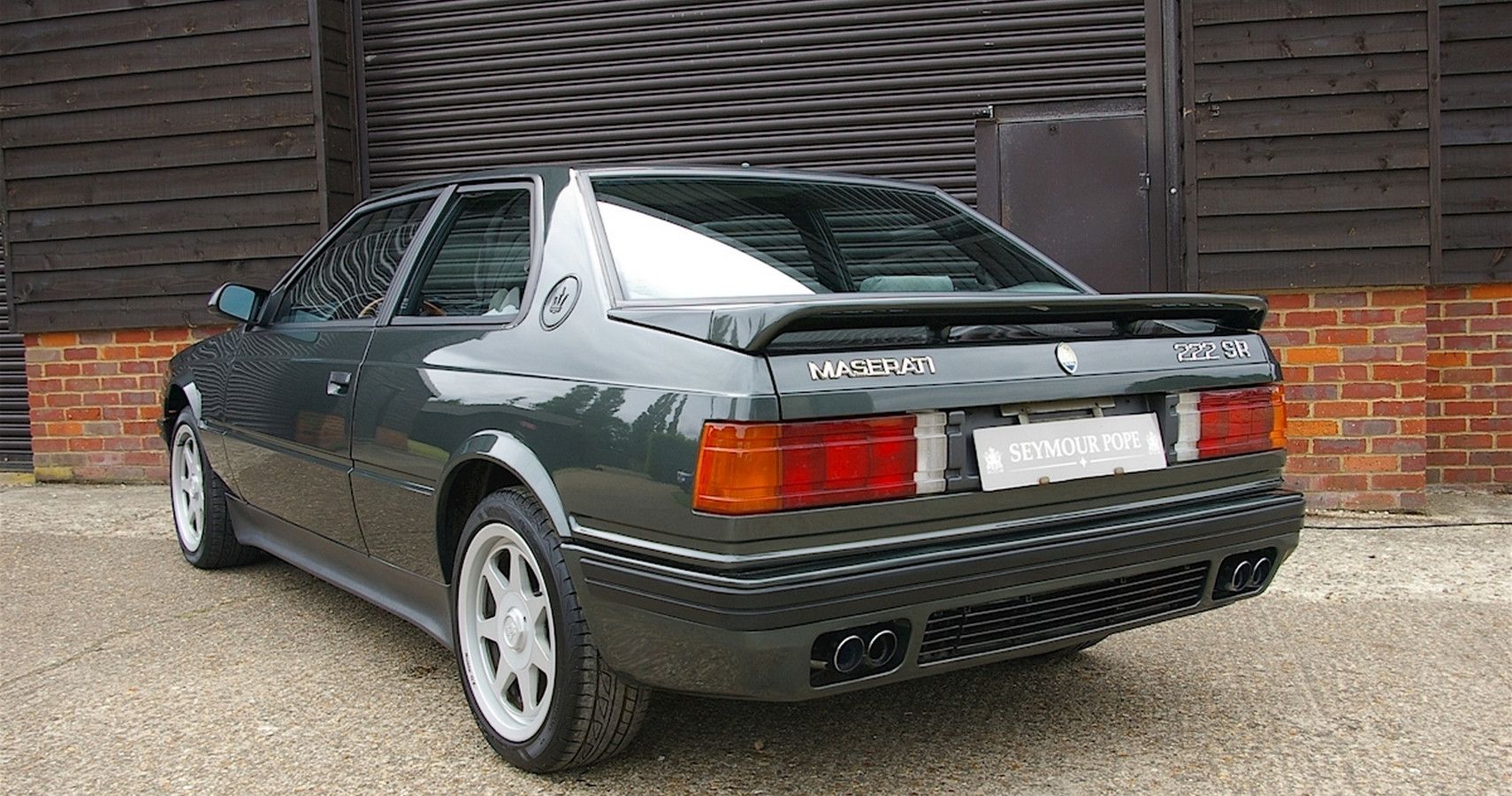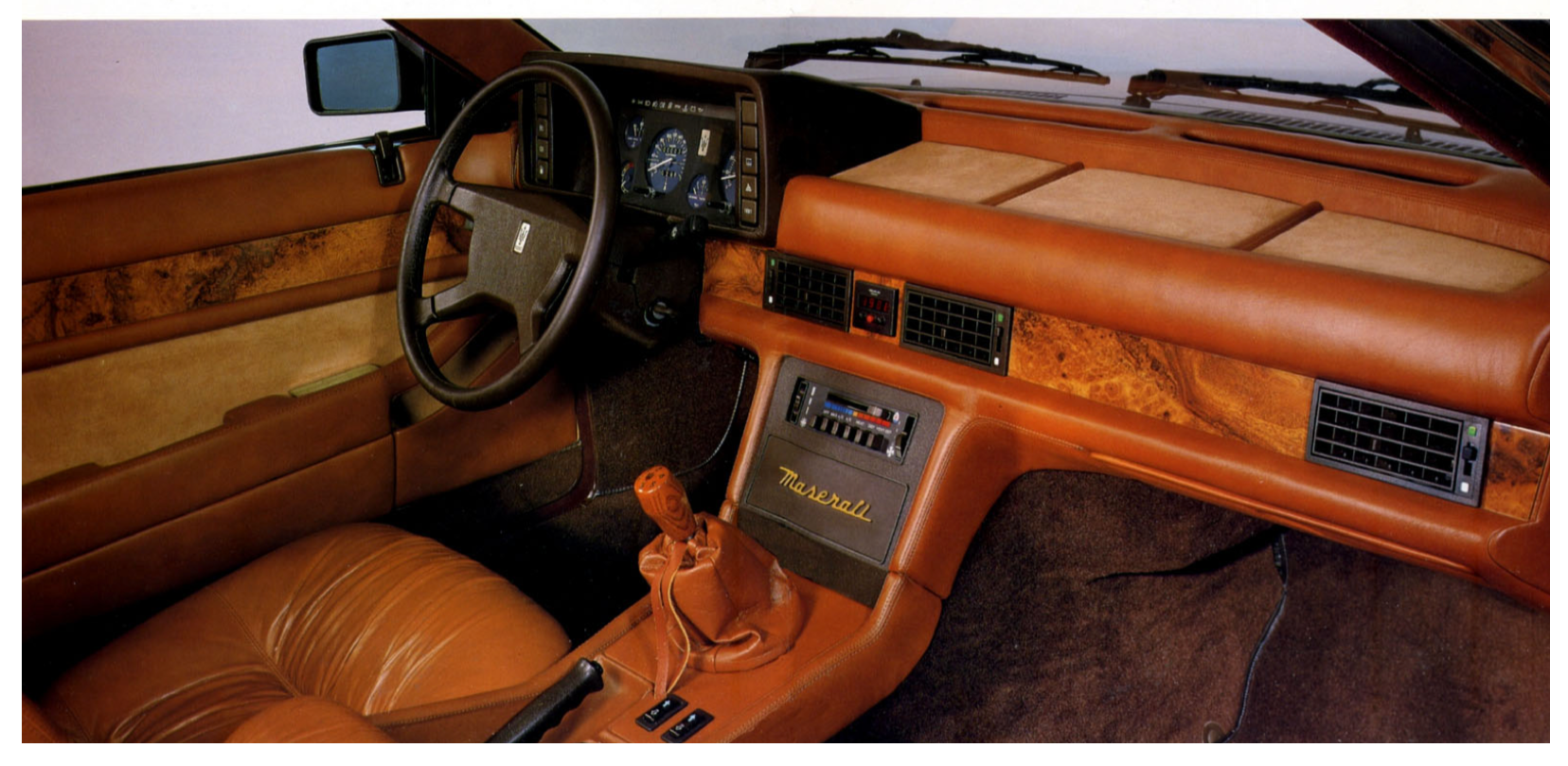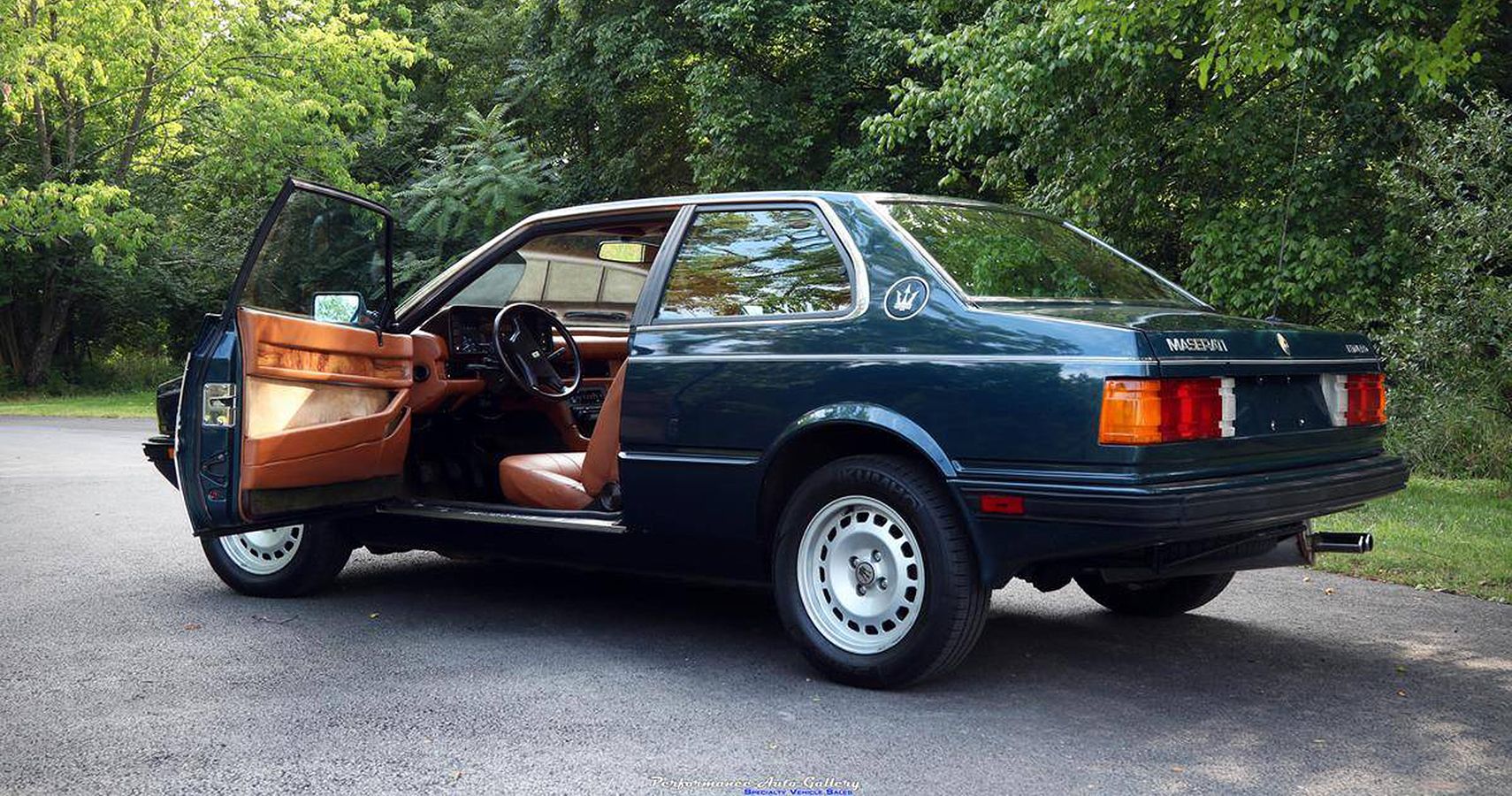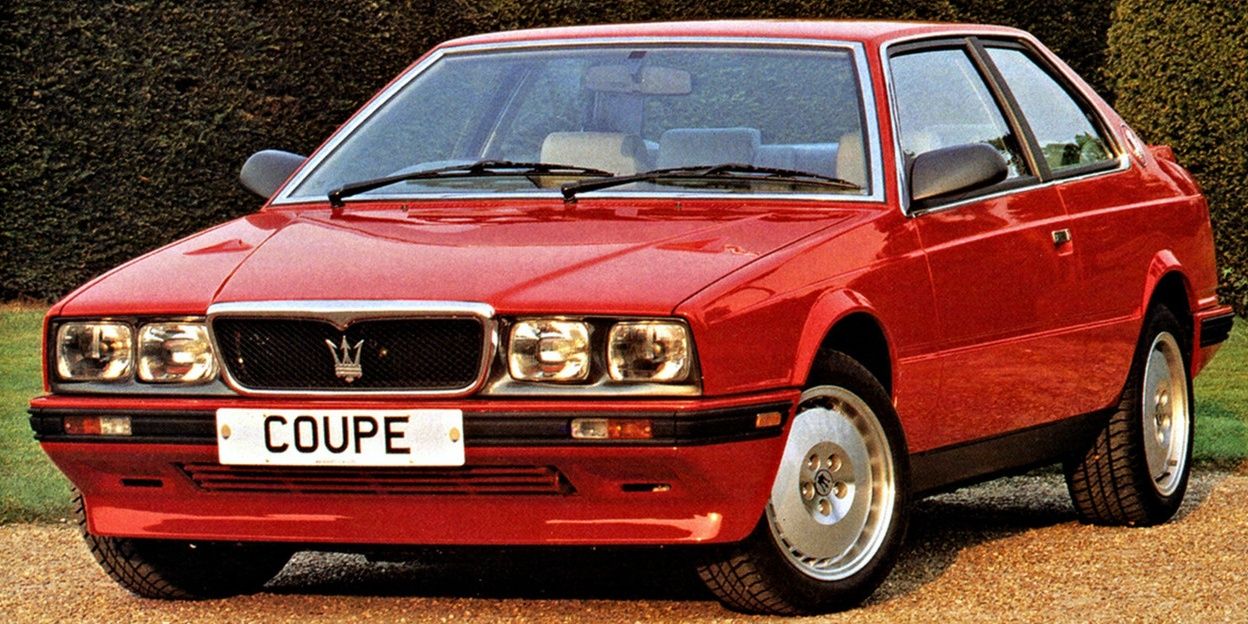Maserati, the famed luxury car builder from Modena, Italy, started production in 1914. Ever since their introduction, the marque has been known for producing high-performance luxury cars that exude incredible amounts of status. In their early years, all the way into the 1970s, Maserati solely made ultra-luxury, essentially handbuilt performance vehicles, out of reach of many even wealthy individuals. That was until 1981, with the introduction of the Biturbo, the brand's first foray into the standard luxury market.
Maserati Biturbo Overview
Alejandro de Tomaso first came into leadership at Maserati in 1976 and immediately knew the company could not continue to operate as it had in the past. With a rapidly evolving economy, the demand for limited production exotics was dropping, and the company had been hemorrhaging funds for several years. From there began the rapid development of a world-class sports car that could also provide enough comfort and practicality to drive every day. The Biturbo hit the market in 1981 for the 1982 model year, saving Maserati from bankruptcy, and continued production until 1994. The Biturbo was available in three body styles: a two-door sports coupe, a roadster dubbed the Spyder, and a more traditional sedan.
Biturbo Powertrains
As its name suggests, all Maserati Biturbos featured an engine with twin turbochargers, making it a production first. Base models received the same 2.0-liter V6 found in the Merak. Twin Garrett turbochargers allowed U.S. spec cars to produce 180 hp. A twin-turbo 2.5-liter V6 produced 185 hp. Both engines were carbureted, a surprise to many at the time, as most other European manufacturers had long moved on to fuel injection. In 1988 the Biturbo received a mechanical refresh.
The standard engine became a twin-turbo 2.8-liter V6, fuel injection and some other tweaks brought power up to 225 hp in the U.S. Maserati introduced the 222 SE in 1990, further tweaks brought power up to 250 hp. After 1990, Maserati produced a few more variants for the European market. Unfortunately, Maserati pulled out of the U.S. market in late 1990 after a little over a decade.
In the American market, the Biturbo was available with three different ZF transmissions. At launch, the Biturbo was equipped with a standard five-speed manual for those who sought the car for its performance. However, Maserati attempted to break into the mass-luxury market, so they offered the Biturbo with two automatic transmission variants. Initially, Maserati supplied a three-speed auto with a four-speed coming later. Performance with the automatic transmission was highly diminished.
Biturbo Performance
Every example of the Biturbo offered some of the best performance in its field. With three different engines, there was something that would fit every consumer's needs. The introductory 2.0-liter V6 features an adequate 0-60 time of 8.2 seconds with a top speed of 135 mph. The midlevel Biturbo 2.5-liter V6 was a step up with a 0-60 time of 6.6 seconds, making the midlevel Biturbo a leader in its class during this era. The 2.5-liter also had a top speed of 135 mph. The top of the line 2.8-liter V6 engine allowed the Biturbo to reach 60 in just 6.1 seconds with a top speed of 144 mph.
Today, the Biturbo lives on with numbers that are even impressive by today's standards. With Macpherson struts and coil springs up front followed by semi-trailing links with coil springs in the rear and front and rear anti-roll bars, the Biturbo featured balanced, stable handling.
Biturbo Interior
The majority of Biturbos came finished with an interior dripping in the expected Maserati luxury. Burlwood inserts were standard, along with leather seats that were color-keyed with the leather dripping off the stitched dash, center console, door panels, and even the shifter. A suede interior with sports seats was also available.
An all-business upright gauge cluster greeted the driver with a vast assortment of gauges. To each side were the rest of the car's controls, such as foglights, interior lights, seat heating, and spaces for additional accessories. A tilting and telescoping wheel were standard.
Rear passengers received comfortable seating for two adults and two retractable sunshades, and a pair of dual adjusting headrests. The fit and finish of the solidly-built interior were excellent, and the materials tend to hold up over the years.
Biturbo Long-Term Reliability
While the Maserati sports the careful fit & finish that the brand is known for, this doesn't usually translate to long-term reliability. While early variations of the Biturbo are extremely analog, later fuel-injected variants feature famous Italian brands' electrical issues. Most issues that plague the Biturbo are from degrading wiring.
Prospective buyers should inspect the car to ensure all under-dash wiring is intact. Other problems include turbo-failure, carburetor issues inherent with the use of poor quality gasoline, and head gasket failure. Replacement Biturbo parts are readily available through specialty aftermarket Maserati manufacturers but are also expensive. These are all aspects to consider for the enthusiast interested in taking a Biturbo on as their next weekend car.
Biturbo Pricing
Upon release, the Biturbo was considered the first car Maserati produced within the range of other standard luxury cars, which translated to pricing still very much in the premium automotive class. The base model 2.0L Biturbo started at $26,875 ($72,636 with inflation). The next level Biturbo 2.5L started at $28,900 ($78,109 with inflation). While the flagship Biturbo 2.8L came in at $31,895 ($86,240 with inflation).
Today, a project Biturbo can be found for $5,000 or less, while perfect condition cars can range from $15-$20,000 depending on options and its powertrain.

